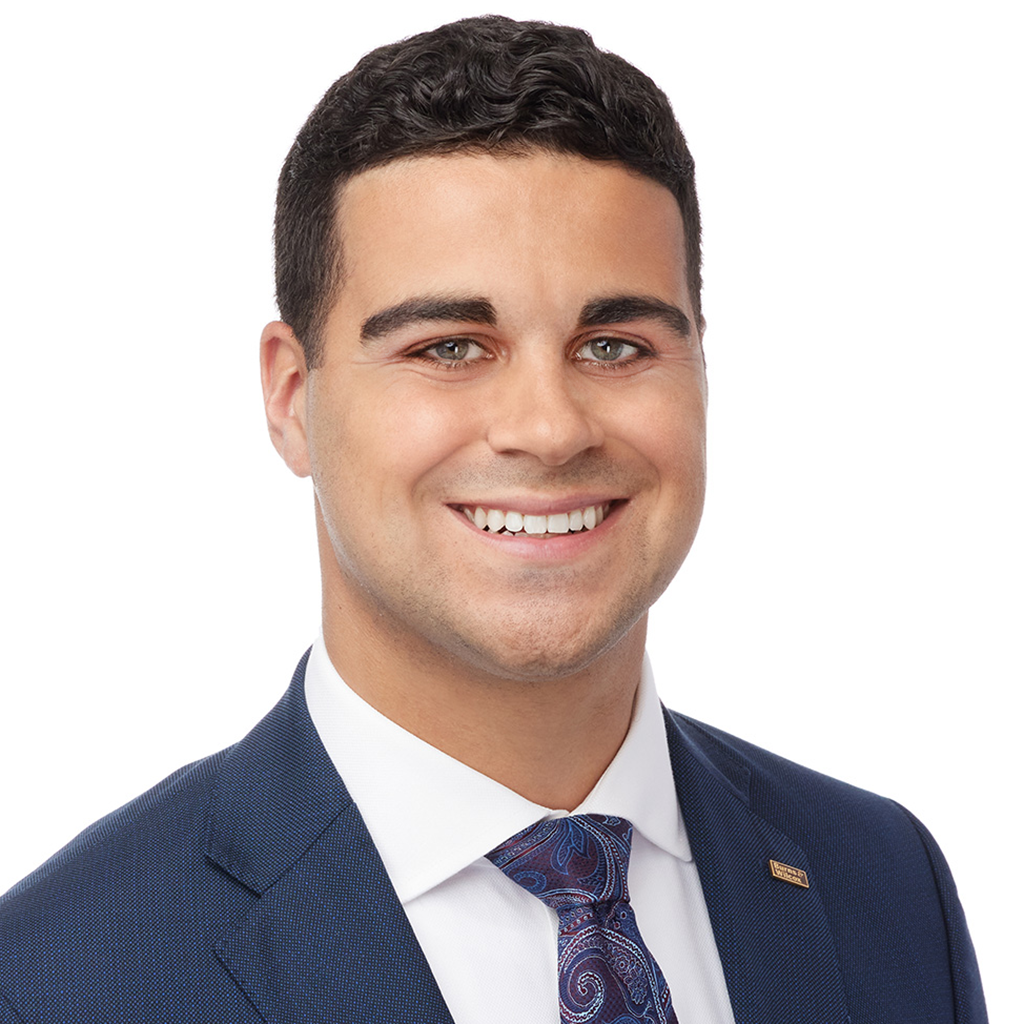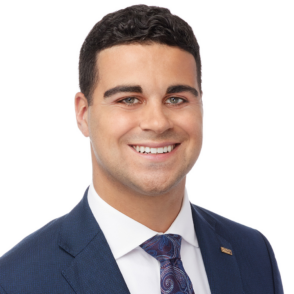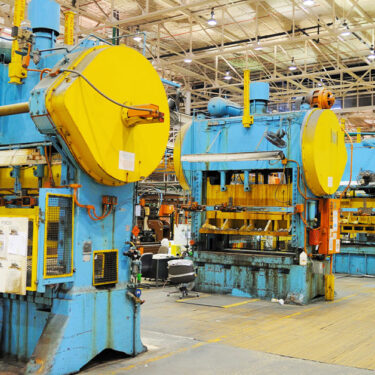Featured Solutions
Consumer product recalls rose over 31% from 2021 to 222, while the number of units affected saw a 45.4% year-over-year decrease. According to Sedgwick, an estimated 1 billion units could be recalled in 2023.
“Recalls are only becoming more and more prevalent,” said Steve Bartell, Senior Broker, Casualty, Burns & Wilcox Brokerage, Chicago, Illinois. “They are happening more frequently, especially as companies take recall action sooner to avoid media catastrophes. I think it is a trend we are going to keep seeing go upward.”

Recalls are only becoming more and more prevalent. … I think it is a trend we are going to keep seeing go upward.
With regulators back to pre-pandemic levels of activity, manufacturers are operating in a strict regulatory environment and could continue to see increasing oversight, Sedgwick noted in a press release on the new data. This makes both Product Recall Insurance and Products Liability Insurance ever more crucial for these businesses, said Aaron Leggero, Underwriter, Commercial Insurance, Burns & Wilcox, Chicago, Illinois.
“A lot of times manufacturers only know they need Product Recall Insurance because they have a contract saying they need insurance; otherwise, they may see it as another cost impacting their bottom line,” Leggero said. “Until something happens where they really need the insurance, they may not see the need for it.”
Caution, risk transfer needed as recalls rise
Other U.S. recall trends for 2022 included a decrease in automotive recalls for both the number of recall events and the number of units affected, and an increase in medical device industry recall events but a decrease in units impacted, according to Sedgwick. Its report also pointed to new regulations for electric vehicles, consumer products, food and beverages, and pharmaceutical products that could bring more potential recall activity this year.
“Everything out there is becoming more and more regulated by local, state, and federal governments,” Leggero said. “Regulators are cracking down on what goes into products and if something is in it that should not be, that is something they are cracking down on and that is what is causing many of these recalls.”
In 2022, 416.9 million total food units were recalled in the U.S., which was almost 25% higher than the previous record set. That included a recall of 9.5 million cases of Jif peanut butter products — along with dozens of products that used the peanut butter as an ingredient — due to a Salmonella outbreak that sickened at least 21 individuals and led to hundreds of consumer illness complaints, Food Safety News reported in November of 2022.

Everything out there is becoming more and more regulated by local, state, and federal governments.
Another major recall involved baby formula, with formula maker Abbott recalling several of its products and shutting down production for months over bacterial contamination concerns, ultimately contributing to a formula shortage that left many parents scrambling, CNBC reported in June last year. Parents in Canada were also impacted by the shortage, CBC News reported.
Jif’s recall was estimated to cost around $175 million, Axios reported last June, while Abbott’s formula recall could cost $325 million in lost revenue, Seeking Alpha reported. Given the past year’s record-breaking recall rates, business owners should know that transferring some of their risk with Product Recall Insurance — which can cover recall expenses ranging from consumer notification to inventory replacement and brand rehabilitation — “goes hand in hand with the idea that you need to have proper quality control manuals in place,” Bartell said. Companies should ensure that their suppliers carry insurance as well, he said.
“Everyone assumes it is not going to happen to them,” Bartell said, noting that some Product Recall Insurance carriers will include consulting services that can help companies proactively establish strong recall protocols. “Even before a recall happens, they should talk to them and tidy up their recall procedures.”
Contractual requirements driving greater insurance uptake
In recent weeks, a variety of serious recalls have made headlines in the U.S. and Canada. Multiple brands of eye drops were recalled in the U.S. between January and March over contamination risks and other concerns, the New York Times reported on March 16. Honda recalled more than 400,000 vehicles in mid-March over faulty seat belts, USA Today reported, and the Consumer Product Safety Commission recently announced a recall of over 3.2 million Calico Critters toys due to choking concerns after two children died.
In Canada, recent product recalls include a heated blanket that could pose a fire hazard and multiple YETI coolers that were recalled over “magnet ingestion” risks, CTV News reported this month.
Despite the frequency of recalls, many companies do not purchase Product Recall Insurance and mistakenly assume their Commercial General Liability (CGL) Insurance or Products Liability Insurance would pick up recall expenses, Leggero said. Though it could cover consumer claims over illness or injury caused by a recalled product, “Products Liability Insurance is not going to cover them for getting those items off the shelf and disposing of them,” he said. “A lot of manufacturers do not carry recall coverage.”
However, this may be gradually changing, according to Bartell and Leggero, who agreed that more companies are starting to require manufacturers to carry Product Recall Insurance as part of their contracts. These policies may include third-party loss of revenue coverage, which can help retail stores recoup lost sales after an item is pulled off shelves, Bartell said.
“With the life sciences, pharmaceuticals, and food, it is starting to be contractually required a lot more often,” he said. “Everyone is kind of catching on to these recall trends.”
Contracts between manufacturers and end distributors “are getting more and more stringent,” Leggero added. “A lot of end sellers are requiring these large manufacturers to start carrying this limit,” he said. “Going forward, [Product Recall Insurance] may be more sought-after.”

It does not matter if your product is at fault or not, the government can say to pull it all. If your policy does not include governmental entity triggers, that would not typically be covered.
In addition to contractual requirements driving Product Recall Insurance decisions in many industries, the risk of adverse publicity following a recall is another important consideration, Bartell said. Many Product Recall Insurance policies provide brand rehabilitation coverage, which helps companies regain customers’ trust after a recall. Business owners should ask about this and other “bells and whistles” that may be available on their policy, such as coverage for certain types of governmental recalls.
“If a state or federal government regulatory body says a certain brand of children’s gummy vitamins needs to be recalled, but they decide they want to pull all of the children’s gummies as well, you want to make sure you have that on your policy,” Bartell explained. “It does not matter if your product is at fault or not, the government can say to pull it all. If your policy does not include governmental entity triggers, that would not typically be covered.”
Recalls ‘could be crippling’ to smaller companies
Other potential covered expenses under Product Recall Insurance include regulatory fines and penalties, equipment rectification, business interruption, and more. Business owners should read their policies thoroughly and discuss their needs with an experienced insurance broker — especially as it relates to policy limits, Leggero said. For example, a manufacturer may only be contractually required to purchase $10 million in limits but some recalls could easily exceed that amount, he said.
“If it is a $30 million recall, that is $20 million out of their own pocket,” Leggero said. “A large company might be able to absorb it a little better, but for a local or regional company, that could be crippling if they did not have enough insurance coverage. They could go out of business, or need to file for bankruptcy. I am sure it has happened.”

That is the reason to buy insurance — it will never happen to me, until it does.
The impact of recall-related business interruption should also be seriously weighed. If a small peanut butter company has $1 million in annual sales but faces a $2 million recall, “they would not have enough sales to even cover the recall, let alone stay in business and keep production going,” Leggero said. “For a smaller company — and I think there are a lot more small businesses out there in the world than large mega-corporations — it could just absolutely cripple them to not have their product on the shelf. A larger company might have other ways of making money.”
Still, many business owners have the mindset that “unless I absolutely need it, I am not going to buy it,” he added. “That is the case in every sector of the insurance industry. That is the reason to buy insurance — it will never happen to me, until it does.”
An insurance broker who specializes in recalls can help business owners review their options. “Clients are not paid to know everything about insurance. At the end of the day, what they are good at is their manufacturing,” Leggero said. “Always feel comfortable consulting with your insurance broker and lean on them for that insurance education. Having the proper coverage in place is so important, especially now, as the numbers show recalls are going to continue to go up. You have to be educated on what can happen.”







